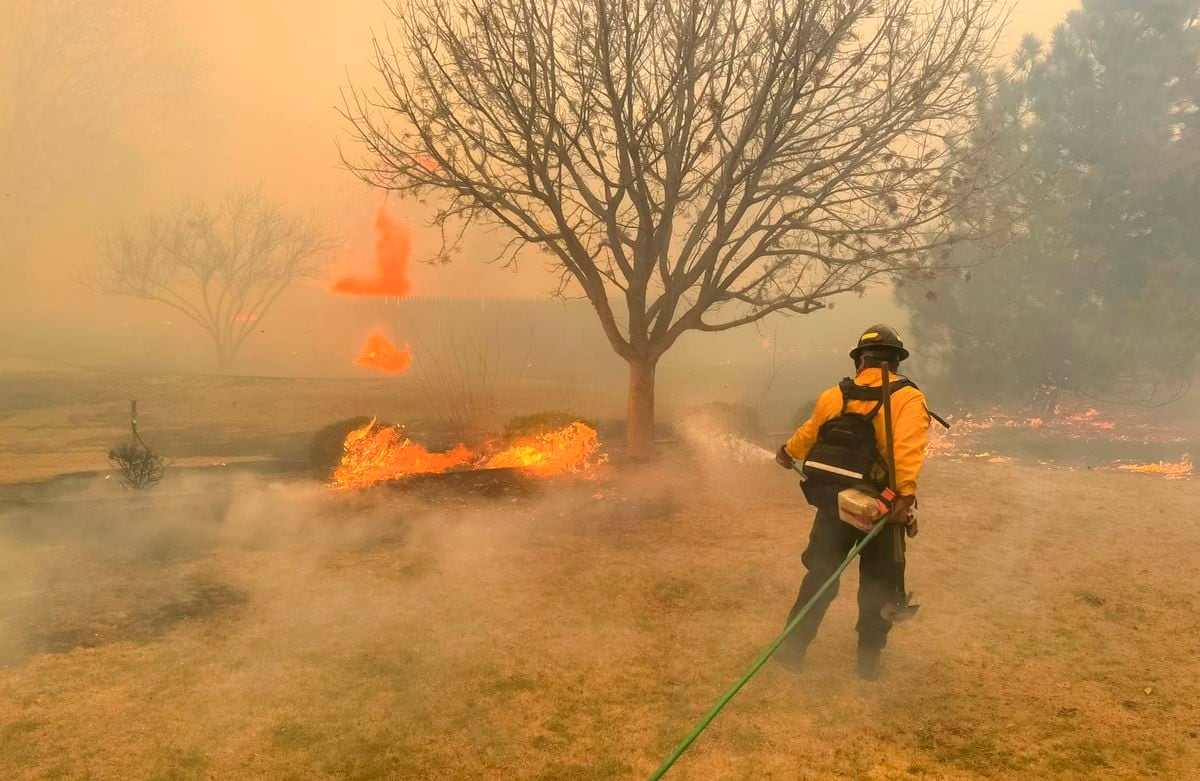- Click to share on Facebook (Opens in a new window)
- Click to share on Twitter (Opens in a new window)
- Click to share on LinkedIn (Opens in a new window)
- Click to email a friend (Opens in a new window)
(CNN) - For the second time in history, astronomers detected a pattern in a mysterious fast-radio burst from space.
Fast Radio Bursts (FRBs) are bursts of radio waves lasting milliseconds in space, and astronomers have been able to trace some back to their original galaxies.
They still don't determine the actual cause of the bursts.
Individual radio bursts are emitted once and are not repeated. But repetitive fast radio bursts send short energetic radio waves multiple times.
Previous observations showed that generally when they are repeated it is a sporadic phenomenon or in a cluster.
That all changed earlier this year, when astronomers discovered that FRB 180916.J0158 + 65 had a burst pattern that occurred every 16.35 days. Over the course of four days, the signal would emit a burst or two every hour. Then it would be silent for another 12 days.
Researchers have now detected a pattern in a second repetitive fast radio burst, known as FRB 121102. During this cyclical pattern, radio bursts are emitted over a 90-day window, followed by a 67-day silence period. This pattern repeats every 157 days.
FRB 121102 has been known as a repetitive fast radio burst since 2016. Scientists now know it has a pattern.
"Until now, only one other repetitive FRB was known to show that pattern in its activity," said Kaustubh Rajwade, lead author of the study and a postdoctoral researcher in astronomy at the University of Manchester, via email. “Finding such a pattern reveals important clues as to what the parent of FRB might (be). A periodicity tells us that the object that is producing the FRB is probably in orbit with another astrophysical body, "he explained.
Mysterious radio waves detected in space 1:08The study was published Sunday in the Monthly Notices magazine of the Royal Astronomical Society.
FRB 121102 was the first repetitive fast radio burst traced back to its source, linked to a small dwarf galaxy more than 3 billion light-years away in 2017.
READ: A mysterious fast radio burst was tracked to a nearby galaxy
The fact that this repetitive fast radio burst pattern is at least 10 times longer than the one that repeats every 16.4 days shows the wide potential range of such activity, the researchers said.
What is behind the burst pattern?
So what could be the cause of the extended FRB 121102 pattern? The researchers believed that these powerful bursts could be due to the orbit of a massive star, black hole, or dense neutron star.
A possible explanation for the repetitive fast radio bursts has been the precession, or oscillating top motion, of the axis of a highly magnetized neutron star. But that may not explain what astronomers are seeing for this particular blast because it lasts a long time, the researchers said. That model may be more suitable for bursts that repeat in a few weeks.
In the future, the researchers want to find other repetitive fast radio bursts, determine if they also have patterns, and see if these two represent the range of patterns. They also want to look more at FRB 121102 and see if patterns change over time.
"Answering these questions will bring us closer to the true source of the FRB," said Rajwade.
The burst pattern in this study was detected using the Lovell telescope at the Jodrell Bank Observatory in the UK for four years. The telescope is sensitive to weak radio signals and is capable of regularly monitoring fast radio bursts that have already been identified.
Rapid radio bursts were discovered in 2007, followed by the discovery that some of them could be repeated in 2016. Now researchers know they may have patterns, too.
"This exciting discovery highlights how little we know about the origin of FRBs," said Duncan Lorimer, co-author of the study, associate dean of research and professor of physics and astronomy at the University of West Virginia. "More observations of a larger number of FRBs will be needed to get a clearer picture of these periodic sources and elucidate their origin," he added.






